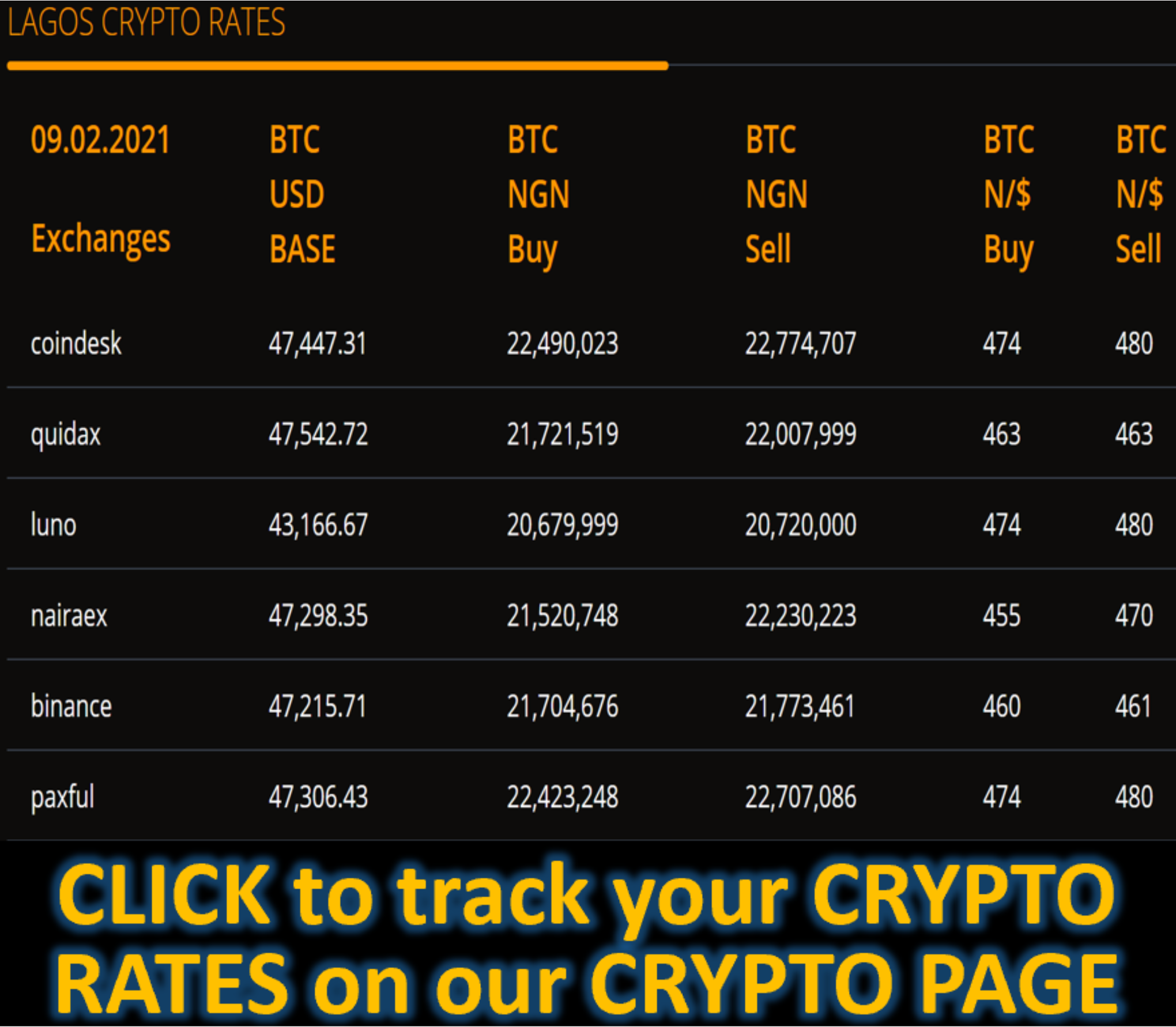Market News
Interest rate cuts would ‘boost growth’, businesses tell Bank of England - CITY.A.M
BY Mauricio Alencar
Further interest rate cuts by the Bank of England would get consumers to spend more and boost the economy in the coming months, business leaders have said after UK GDP grew by 0.7 per cent in the first three months of the year.
Economists at the Confederation of British Industry (CBI) and the Institute of Directors (IoD) have suggested that a lowering in the cost of borrowing would allow the UK economy to continue on its high-growth run in the latter parts of the year amid global trade turmoil and higher taxes.
Ben Jones at the CBI said he expected an up-tick in inflation and a cooling labour market to slow down real household income growth, but suggested “lower interest rates should encourage consumers to save less and spend more”.
The IoD’s Anna Leach suggested that strong growth at the beginning of the year was “unlikely” to hold due to an expected drop in business and consumer spending amid fears trade tensions between the US and some of the UK’s closest trading partners could knock demand for British goods.
“Tariff turmoil and its impacts on consumer and investment spending will push down on activity in coming months as it delays decision-making and increases the desire for precautionary saving buffers,” Leach said.
Interest rate cuts could be knocked back
Should the Bank of England deliver further interest rate cuts from the current 4.25 per cent rate, consumer spending may not slow down as much as expected – but employment taxes, which kicked into effect in April, could knock back growth hopes.
“While consumer spending should continue to be supported by real earnings growth and further falls in interest rates, the labour market is softening rapidly amidst significant increases in employment costs,” Leach said.
But Bank of England policy makers have struck a particularly hawkish tone around accelerating interest rate cuts in the coming months.
Deputy governor Clare Lombardelli said high wage growth, which stood at 5.6 per cent in the three months to March, was “too high” to bring inflation down to the Bank’s two per cent target.
“The evidence suggests that at 4.25 per cent monetary policy is still restrictive, so if we were to find ourselves in a world with greater inflation persistence than expected, policy would still be providing pressure to squeeze inflation out of the system,” she told a conference earlier this week.”
External members Megan Greene and Catherine Mann suggested high price growth expectations and market volatility were pressures to watch out for before further interest rate cuts are made.
Before the Bank of England’s meeting last week, markets had pencilled in four interest rate cuts.
Governor Andrew Bailey was among a number of rate-setters who pointed to the risk tariffs posed to UK growth, with the Bank claiming in its latest monetary policy report that trade turmoil would knock 0.3 per cent off GDP.
But analysts now believe that as few as two cuts could be made given the Bank took a cautious line on managing inflation by retaining its “gradual and careful” policy approach.









